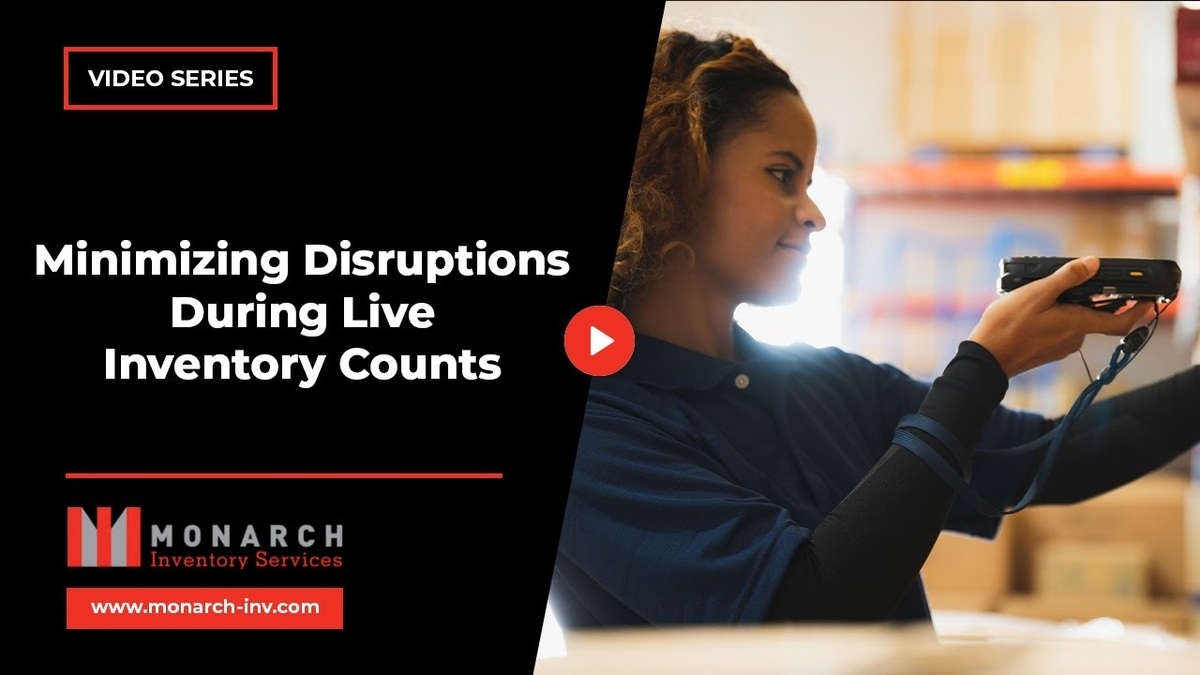In retail and warehouse environments, the physical inventory count serves as a cornerstone procedure for determining the accurate value of stock on hand. This methodical process goes beyond merely tallying up items—it encapsulates the very essence of stock management and accountability.
What is a Physical Inventory Count?
Physical inventory count is a process of capturing the value of your inventory within the operation. This encompasses diverse settings like retail stores, warehouses, and various other inventory-rich areas.
Breaking Down the Inventory Process
1. Segmenting the Store into Manageable Locations
Rather than attempting to count everything in one expansive space, which could complicate verification later on, the first step entails breaking down the store into smaller, more manageable locations.
These could range from a four-foot gondola, eight-foot sections, or even specific displays on a storefront. Every such location is then assigned a distinct number and name to streamline the subsequent counting process.
2. Counting Methodically
After setting up these designated locations, it’s vital to systematically navigate through each, counting the inventory present. This count isn’t arbitrary.
There’s a defined order: left to right and top to bottom. Such a systematic method ensures that, irrespective of who conducts the count, there’s consistency, which is particularly crucial during the verification phase.
Post-Count Activities
1. Verification
Once the initial count is either underway or completed, the next phase is verification. Here, the recorded inventory values in the demarcated locations are juxtaposed against a pre-existing book value.
Such a comparison can also be made against the previous inventory count, facilitating the identification of any inventory swings within a particular location.
2. Leveraging Technology
Although some may still rely on traditional pen and paper methods, technology has undeniably revolutionized the physical inventory count process. Not only does it enhance efficiency, but it significantly minimizes human errors, ensuring a more accurate count.
From barcode scanners to sophisticated inventory management software, these tools can be instrumental in flagging discrepancies, aiding verification, and ensuring overall accuracy.
3. Balancing Systems
Once the count and verification processes are completed, a crucial step remains: reconciling the differences. If the counted inventory doesn’t align with the system’s data, necessary adjustments have to be made to reflect the actual physical stock present in the store accurately.
Why is a Physical Inventory Count Important?
Inventory, especially in the retail realm, represents a substantial investment and is the backbone of the business. An accurate physical inventory count brings several benefits:
1. Accountability
It fosters a sense of responsibility among store managers and staff. When there’s a precise count of what’s available, there’s an inherent pressure to manage these resources effectively.
2. Highlighting Errors
The process of counting can shed light on discrepancies, revealing potential pitfalls in existing procedures.
For instance, noticing significant variances between tobacco and cigarette counts could indicate a reception error, where items are misclassified. Such revelations can serve as valuable feedback, emphasizing areas that require additional training or process refinement.
Conclusion
An efficient physical inventory count goes beyond just numbers; it’s about optimizing the value of what’s present, fostering accountability, and continually refining processes for enhanced operational efficiency.
With the guidelines outlined here, one can seamlessly navigate this essential procedure, ensuring that their inventory management remains airtight.
If you have any further questions or need additional insights into this process, don’t hesitate to contact us. Our team is always here to assist you.



